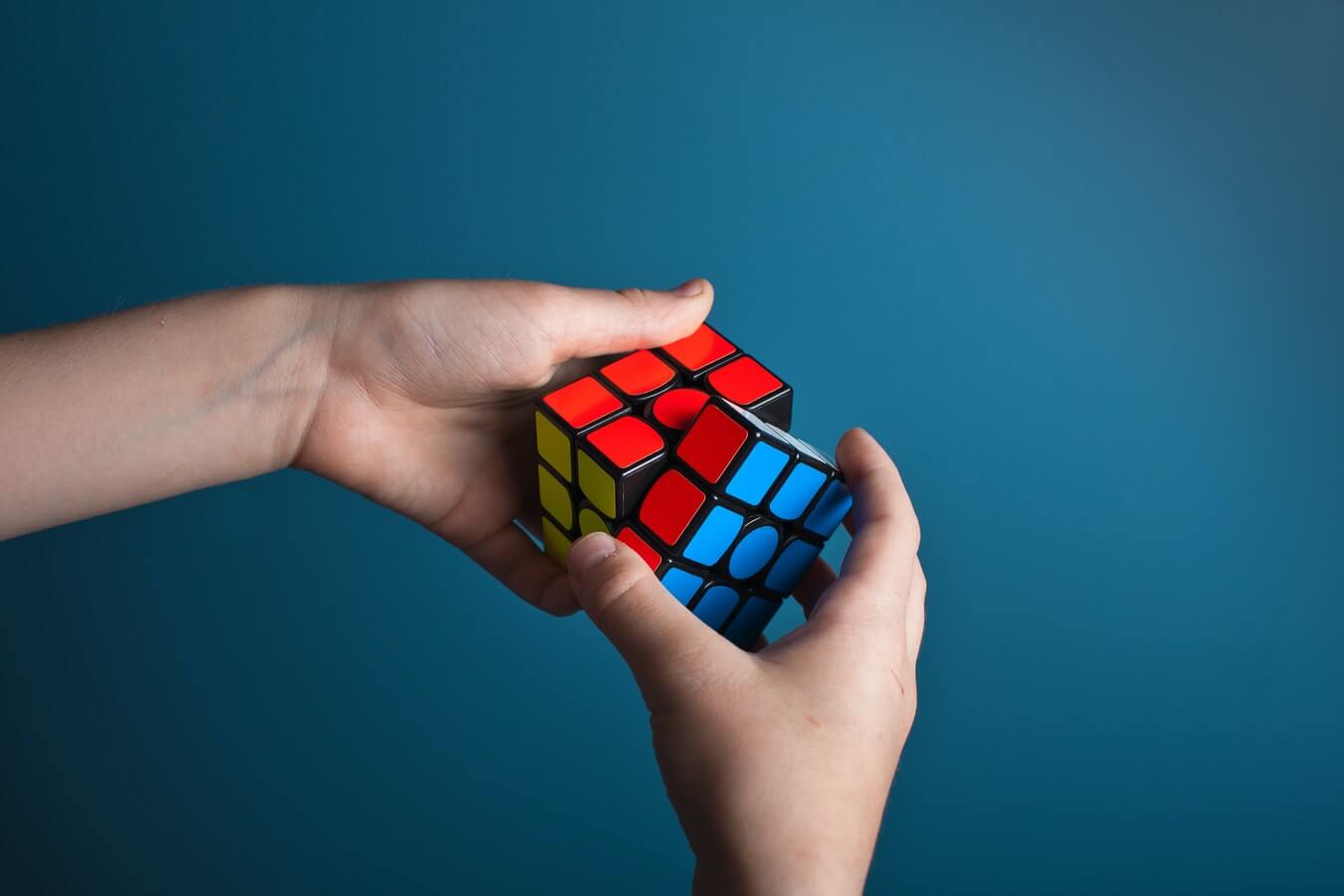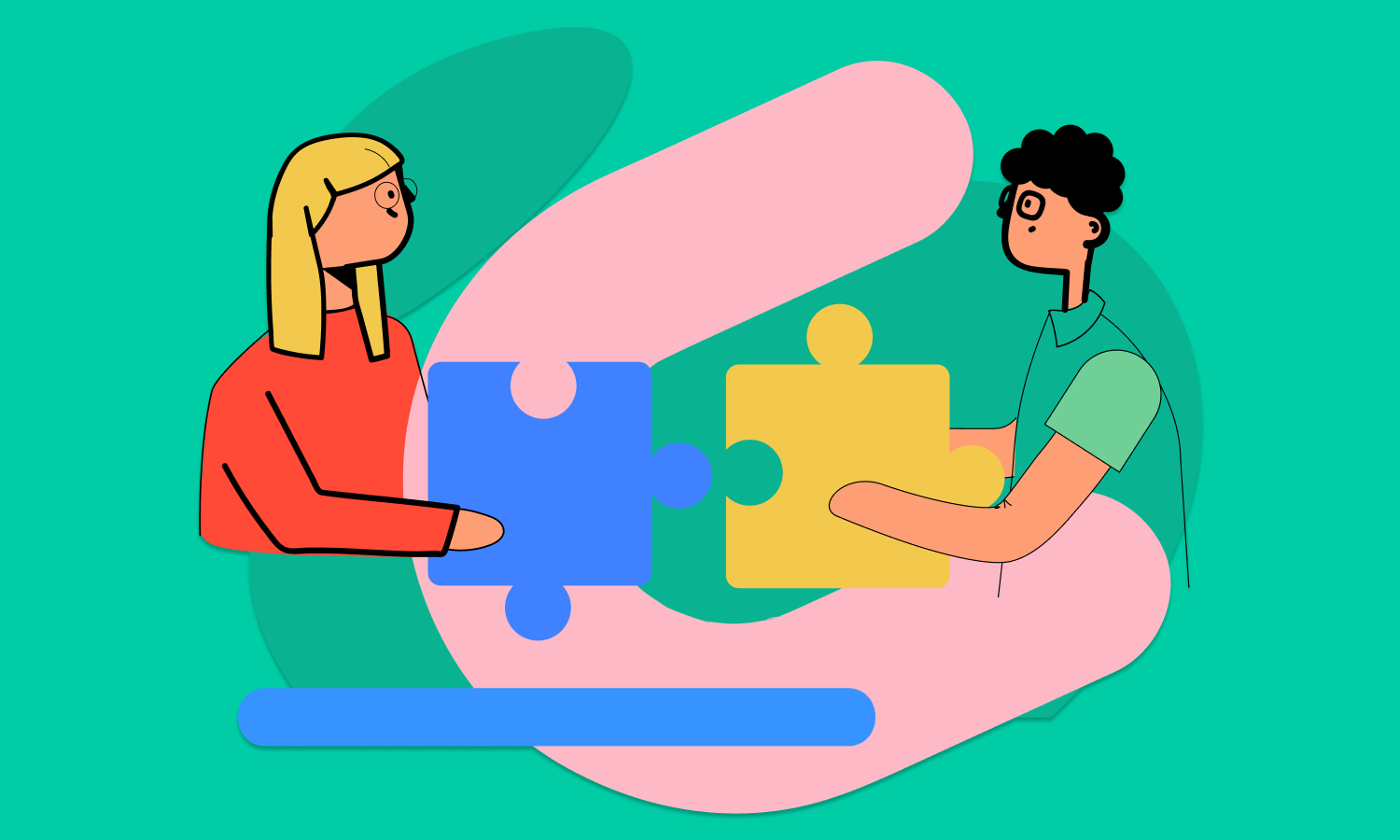How to Choose the Best Problem-Solving Activity for the Team?

Problem-solving is an act of defining problems and their causes, prioritizing and selecting alternatives for a better solution, and finally, implementing this solution.
Why should we immediately abandon all business issues and urgently think about problem-solving activities? Ability to solve problems and make group decisions can motivate team members to achieve much more than they think they can.
Evolving problem-solving skills, you can improve team collaboration and the ability to fight with complex situations. Working together will motivate team members to use different thinking styles and commit collectively to decisions.
In any case, team collaboration activities aimed to solve business problems are not a trifle and you need to take it seriously. Even if this is a simple exercise or a funny game – it can bring much more usefulness and benefits than a long-hours training or a smart and thick book.
Let’s dive into some of the famous techniques, collaborative games and exercises to improve problem-solving and decision making in a new or experienced team.
The importance of problem-solving activities
Any team building activity should target a specific solution for improving, including collaboration, communication, adaptability, or optimizing decision-making techniques as a group.
A small set of activities listed below includes different processes, each highlights a focus area.
All problem-solving activities start with identifying the problem. If you have a detected problem, your team and you should assess the potential action and choose the best way to tackle the problem.
The main goal of any problem-solving process is to identify the team strengths and build skills and strategies around the complexities and problems. And do not forget to have fun coincidently!
Stranded challenge
The exercise helps to improve communication, prioritization and decision-making skills.
All you need to arrange it is some office space.
The situation is: explain your team that they have been stranded in the office and all doors are locked. Breaking the windows and the doors is not an option.
Set 20 minutes and ask the team to choose 10 most important items in the office they need for surviving. Let them rank all the items in order of importance and explain their choice. The main goal is to have everyone agreed on the items and their ranking.
Egg Drop
The exercise improves collaboration and decision-making skills.
All you need to start is a box of eggs, drop cloths, old newspapers, tapes, straws, balloons, plastic wrap, rubber bands, and everything that remind you of construction. Then choose a parking lot or other area you don’t mind getting messy.
The main idea of the activity is: all members should be divided into the teams. Each team gets an egg and selects some of the construction materials. They will have 20 minutes to create a carrier for eggs with the help of the construction materials that will protect it from breaking.
Drop every carrier off a ledge (off a tall table, for example) and see who’s carrier can protect the egg better. If several eggs survive, keep increasing the height until only one egg is left.
Wool webs
The simple exercise is helpful for evolving decision-making and collaborative skills.
Divide your team members into teams of equal numbers. Give each team a ball of yarn. Now they need to create a web using the yarn. Give them 5 or 10 minutes for this objective. When they have finished, mix the teams so that every team has a web other than their own.
Then every team should select one person and blindfold him/her. The goal for the blindfolded person is to unwind the web with the help of verbal instructions of his/her teammates. It requires concentration and clear directions. The first team that has dismantled the web wins this game.
Shrinking vessel
The activity that will help to increase adoptability.
Here you need a rope, a blanket or tape to mark a space on the floor.
Make a shape on the floor with the help of the rope. Everyone should fit into it. Then slowly shrink this space over a time period of 10 minutes. During the activity, everyone in this space should work together.
Legoman copy
The exercise develops communication and decision-making skills.
If you have Legos – it will be easy to organize this process: divide team members into small parts of 2 or more. Then select the overseer who will be not in any team and ask him/her to build a random structure with the help of Lego blocks. It should take 10 minutes.
The main purpose of the teams is to replicate the structure exactly. Colors and sizes are important. 15-20 minutes for replicating will be enough. The one thing is important – only one team member can look at the original. It will highlight the importance of clear and quick communication.
Human knots
You’ll not need any stuff to organize this activity and it will take 5-7 minutes. The main idea of the game is to evolve adaptability, collaboration and creative strategizing.
Ask everyone to stand in a circle and hold hands with two people who aren’t directly next to them. Your team members will get tangled very quickly. Ask them to untangle the knot without letting anyone’s hand. Their aim is to form a perfect circle.
Most likely, they will not succeed, but you will be surprised about the interesting and unusual attempts they will make to get a quick and correct decision.
Steady tower
The fun game is aimed to evolve team collaboration.
Your colleagues will need 20-30 sticks of uncooked spaghetti, masking tape, and marshmallows.
Divide everyone into 2 teams. Using this stuff, the teams should build the tallest tower (that can stand on its own) the quickest. This problem-solving game will help get teams thinking on their toes while building leadership and camaraderie.
Everyone should learn problem-solving because it is rather helpful in both our personal and professional lives.
The games and exercises listed above can lead to rational thinking, a component of any successful endeavor, avoiding spontaneous emotions.
Rest assured, problem-solving processes will work for every age group. What interesting problem-solving activities do you implement? Do not hesitate to share them.




